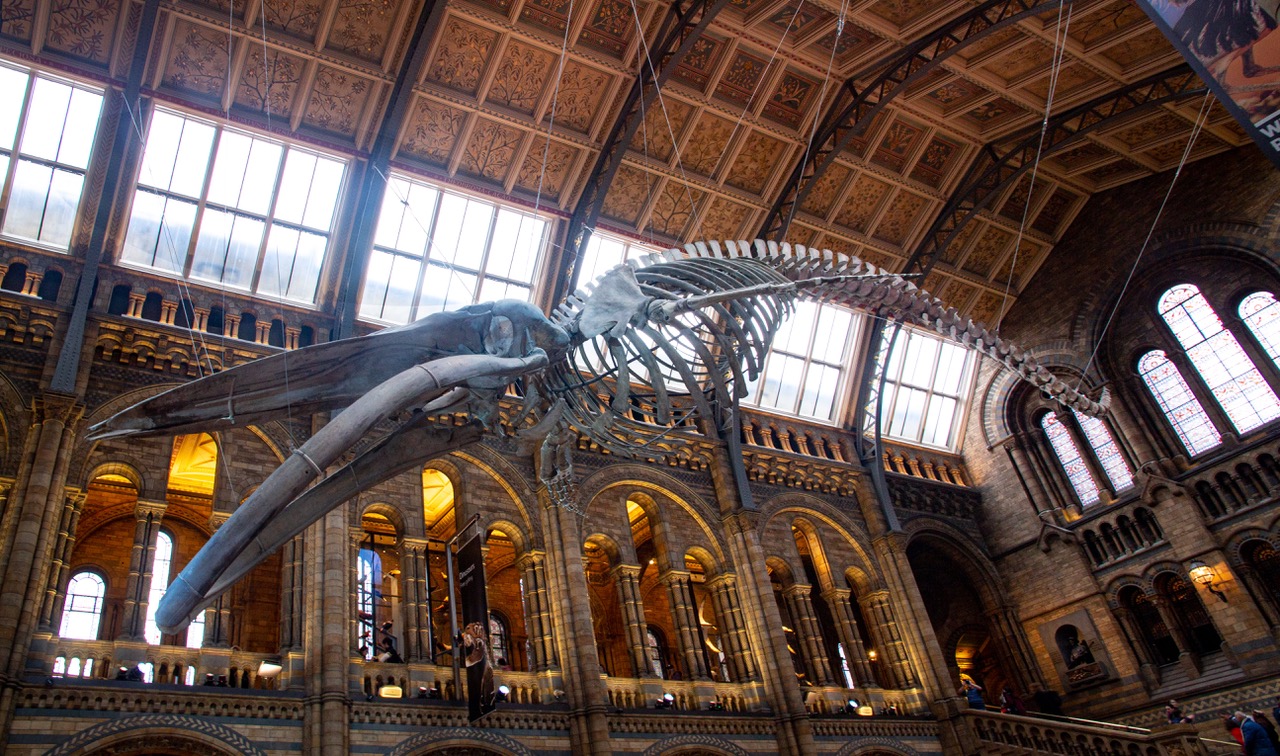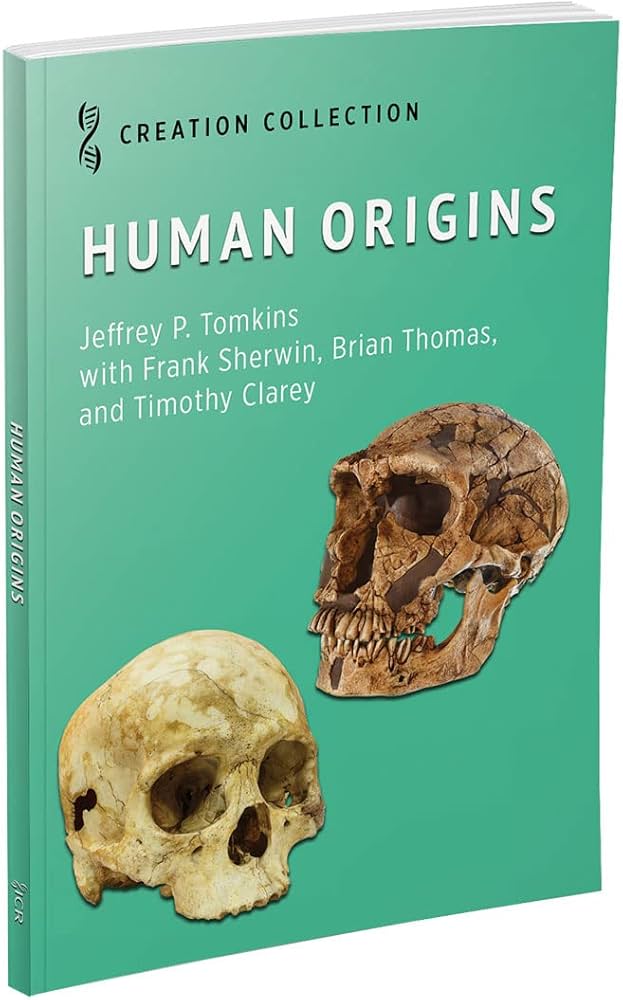Dinosaurs are such showy, dramatic creatures, and their fossils are found in such variety that they have naturally attracted a lot of attention from scientists and the public alike. The question “where did they come from?” has attracted a lot of attention from specialists who seek an evolutionary answer. Nevertheless, a recent article on the topic remarks that relationships (lines of evolutionary descent) between the major groups of dinosaurs have historically been uncertain. Why would that be? Have we seen any improvement in this situation with new analyses? [David Cerny and Ashley L. Simonoff. 2023. Statistical evaluation of character support reveals the instability of higher-level dinosaur phylogeny. Nature https://doi.org/10.1038/s41598-023-35784-3 (2023) 13:9273 open access]
Comparison of dinosaur features by means of computer analysis (cladistics) has most recently been considered a reliable and unbiased way to figure out possible evolutionary relationships. This analysis involves comparison of individual characteristics or traits among certain organisms. All those which possess a given specialized trait are grouped together while the have-nots are placed in another group. For example, the meat eaters could be placed in one group, and the plant eaters in another group. Then another specialized feature is used further divide the already established clusters of organisms. And the process continues to smaller and smaller groupings.
There are three main groups of dinosaurs, the bird footed ornithschia [bird hipped plant eaters]; the huge sauropods with very long necks and tails [lizard hipped plant eaters] and the fast and frisky theropods [lizard hipped meat eaters]. No two groups exhibit the same combination of features. A traditional evolutionary interpretation, based on what some specialists thought might have happened in evolution, was the idea that the meat eating theropods appeared on earth about the same time as the plant eaters which consisted of both the lizard hipped and bird hipped varieties. So, the two lines of descent were thought to be meat eaters versus plant eaters of whatever design.
In the 1980s as cladistic techniques took over evolutionary analysis, scientists adjusted the dinosaur groupings to bird hipped creatures, the ornithschia, versus lizard hipped dinosaurs of whatever design (sauropod and theropod). For the next thirty years after it was first proposed, this view remained current. But a new cladistic analysis appeared which turned everything upside down. It involved a large new dataset so that the hope was that it would be more reliable. This analysis in 2017 suggested a new system of dinosaur relationships. This pattern was “previously unforeseen” [p. 1] The new proposal involved the grouping of lizard hipped meat eating theropods and bird hipped plant eaters together versus the gigantic sauropods on their own line of descent (plant eating lizard hips).
As the above proposal didn’t sound convincing, a new analysis was published within a few months. It took the dataset from the previous study and assigned different numerical values for the whole database. [The thing is that with large numbers of traits to be compared, scientists assign numerical values to these characteristics as this is the only way that computers can evaluate the relationships between the large numbers of different creatures.] From this computer analysis using the rescored data, the version of relationships popular for 30 years was again indicated. That view had clumped the lizard hips [sauropod and theropod] in one line of descent vs the bird footed creatures with bird hips. So where does all this take us? Actually nowhere. Apparently, we cannot conclude anything about evolutionary relationships among the major groups of dinosaurs! A new article, open access, reviews the sorry situation.
The two scientists in the article listed above, set out to evaluate how much the data in each system deviated from the conclusions for each pattern of descent. Were there some data in each analysis that did not actually fit the conclusions? Yes, there were plenty of such contradictions, features that showed up in the wrong line of descent. The objective of this study was “Here we use statistical tools drawn from phylogenetics to evaluate the relative support for the three hypotheses of large-scale dinosaur phylogeny [evolutionary relationships].” (p. 2) And the upshot was “Our results suggest that there are many more plausible hypotheses of early dinosaur phylogeny than usually recognized, and that selecting between them may be beyond the current characteristic matrices and techniques used to analyze them.” (p. 2 emphasis mine)
“After much mathematical analysis, they conclude: “All three hypotheses of overall dinosaur phylogeny remain plausible, and neither data set shows any of these to be significantly better or worse than the alternative.” (p. 8) There was no system that dealt adequately with the data: “in effect, the stronger phylogenetic signal present in the recoded and expanded matrix only served to amplify rather than eliminate, underlying conflict within the dataset.” (p. 9 emphasis mine)
So, what did we learn? We cannot distinguish between of the current scenarios for dinosaur evolution. According to the creation account, this is what we would expect.
Startling realization: Such cladistic techniques which cannot discover obvious relationships among major dinosaur groups, are however used by scientists to support the idea that theropod dinosaurs developed into birds! Maybe it is time to critically evaluate that idea too! Birds are clearly a separate creation.
Conclusion from scientific article cited above: “We conclude that early dinosaur relationships are unlikely to be resolved without fundamental changes to both the quality of available datasets and the techniques used to analyze them.” [abstract]
Dinosaurs are a great argument against evolution and for design!! Cladistics does nothing to change that view.
Moxie
December 2023
Subscribe to Dialogue







